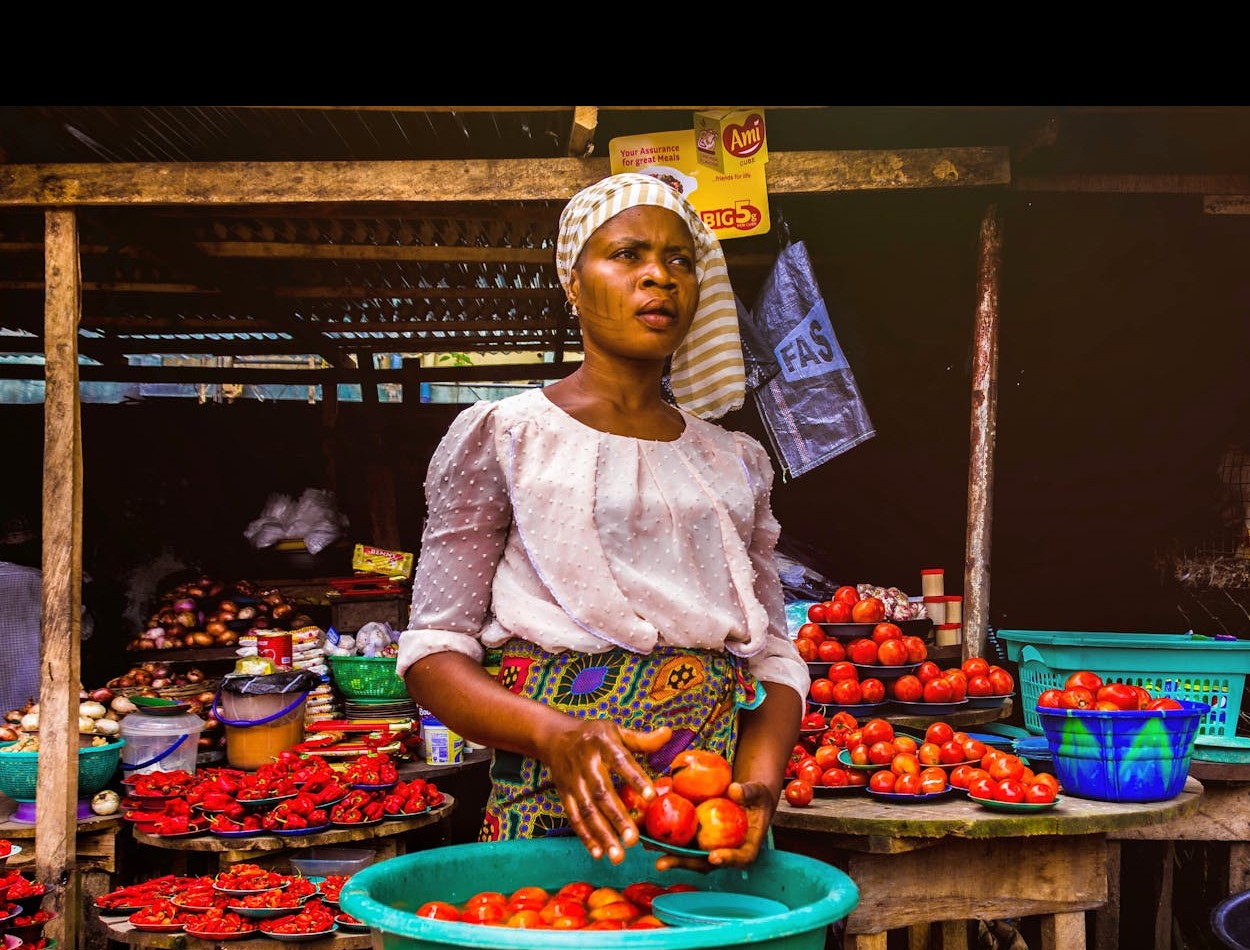In an increasingly globalized world where international trade and economic development are of utmost importance, ports play a crucial role. Africa, with its vast coastline and strategic location, is home to several significant ports that serve as vital links in the global supply chain.
All of these ports play an important role in global trade. However, some top the charts in terms of performance, scale and infrastructure.
To determine the best-performing ports, the World Bank has, for three consecutive years, assessed ports worldwide and released a detailed report based on these evaluations.
Here are the top 20 African ports according to the World Bank and S&P Global’s Container Port Performance Index (CPPI):
- Tanger-Mediterranean (Morocco) – Global ranking: 4
Morocco’s Tanger-Mediterranean port leads the list, holding an impressive fourth position globally. As one of the largest industrial ports worldwide and the largest in Africa, Tanger-Mediterranean boasts a handling capacity of 9 million containers. This modern, state-of-the-art facility has rapidly emerged as a crucial player in international shipping, serving as a key gateway between Africa, Europe, and the Americas.
- Port Said (Egypt) – Global ranking: 16
Egypt’s Port Said ranks second among African ports and 16th globally. Positioned at the northern entrance of the Suez Canal, it is a critical junction for vessels navigating between the Mediterranean Sea and the Indian Ocean. Port Said is recognized as the world’s largest crossing traffic port.
- Berbera (Somalia) – Global ranking: 106
Somaliland’s Berbera port ranks third in Africa with a global position of 106. As Somaliland’s sole maritime port, Berbera handles vessels up to 400 meters in length and features a container terminal with a 500,000 TEU capacity. The port is undergoing significant development to enhance its capabilities.
- Sokhna (Egypt) – Global ranking: 122
Sokhna, located on the western coast of the Gulf of Suez, ranks fourth in Africa and 122nd globally. It serves as an international gateway for Egypt, the Persian Gulf, and Asia. Key features include 41 hectares of container terminal yard space, a capacity for 17,000 TEU of full containers, 7,000 TEU of empty containers, and 216 reefer plug points.
- Mogadiscio/Port of Mogadishu (Somalia) – Global ranking: 166
Somalia’s capital port, Mogadiscio, takes the fifth spot among African ports and 166th globally. Classified as a major port, Mogadiscio is the largest harbour in Somalia, with facilities including general cargo and container terminals, a grain terminal with a 30,000-ton storage capacity, and a container yard that can hold 14,500 TEUs.
- Alexandria (Egypt) – Global ranking: 172
Egypt’s Alexandria port ranks sixth in Africa and 172nd worldwide. Covering a total area of 10.2 km², including 2 km² of land and 8.5 km² of water, Alexandria remains Egypt’s primary port and continues to play a significant role in the country’s maritime trade.
- Conakry (Guinea) – Global ranking: 197
Conakry, Guinea’s main port, ranks seventh among African ports and 197th globally. This facility is crucial for the country’s mineral exports and general trade, with a total area of 899,000 square meters and a handling capacity of 10 million tons. It processes petroleum products, crude oil, and various types of cargo.
- Freetown (Sierra Leone) – Global ranking: 226
Sierra Leone’s Freetown port ranks eighth in Africa and 226th worldwide. Known as one of the finest natural harbours on the West African coast, it features a well-protected anchorage, a quay length of 1,067 meters with six berths, and a sizable land area dedicated to port operations.
- Rades (Tunisia) – Global ranking: 233
Tunisia’s Rades port ranks ninth among African ports and 233rd globally. Located on the southern bank of the Tunis Canal, Rades is vital for Tunisia’s foreign trade, handling a significant portion of the country’s container traffic. In 2019, it processed nearly 7.9 million tons of cargo, including 1.8 million tons of containerized cargo.
- Malabo (Equatorial Guinea) – Global ranking: 244
The Malabo port in Equatorial Guinea ranks 10th among African ports and 244th globally. It features a natural harbour with various depths for cargo handling, including an oil terminal depth of 17.1-18.2 meters.
- Ghazaouet (Algeria) – Global ranking: 254
Ghazaouet is a small coastal port in Algeria. Despite its modest size, the port can accommodate vessels over 500 feet in length, thanks to its deep channel waters ranging from 31 to 35 feet. The harbor features a coastal breakwater design. The cargo pier depth is between 21 and 25 feet, while anchorage depths extend from 56 to 60 feet. Although it lacks a mean tide variation, Ghazaouet’s entrance is unrestricted by tide, overhead limits, or swell, making it a functional port for various maritime activities.
- Bata (Equatorial Guinea) – Global ranking: 271
Bata Port lies in the Gulf of Guinea in the northwestern part of Equatorial Guinea. It is one of the deepest ports in the region and one of Guinea’s main ports. Bata handles a variety of vessel types, including general cargo (74.29%), tankers (14.29%), and passenger ships (11.43%). The port can accommodate vessels up to 240 meters in length, with a maximum draught of 13.316 meters and a maximum deadweight of 58,753 tons.
- Takoradi (Ghana) – Global ranking: 274
The Port of Takoradi is Ghana’s premier commercial port commissioned in 1928. The Port is strategically positioned as a vital trade route connecting Europe, America, and Asia. It plays a significant role in the international trade of Burkina Faso, Mali, and Niger, three landlocked countries.
In 2021, the port handled a substantial portion of Ghana’s maritime activities, accounting for 25% of the country’s seaborne traffic, 61% of its exports, and 18% of its imports.
The port’s operations include managing various critical commodities, such as manganese, bauxite, clinker, wheat, cocoa, and specialised equipment for the mining and oil/gas sectors.
Since oil was discovered in Ghana in 2007 the port has become a crucial logistics hub for the country’s oil and gas industry. The number of vessels calling at the port increased significantly, from fewer than 600 per year before the discovery to over 1,000 annually between 2010 and 2020.
- Agadir (Morocco) – Global ranking: 288
The port of Agadir is located on the Atlantic coast of Morocco. It is a vital maritime gateway connected to major regional cities Essaouira and Marrakech.
The port plays a crucial role in the economic development of both the regional and national economies, particularly serving as a primary outlet for agribusiness activities in the Souss-Massa region, including the export of fish products.
Starting as a fishing port, Agadir has evolved into a comprehensive port complex that now includes a dedicated fishing port, a commercial port, and a marina.
- Toamasina (Madagascar) – Global ranking: 300
Toamasina Port is nestled on Madagascar’s east coast. It is the country’s main port connected to the capital city of Antananarivo by rail.
The port handles about 90% of Madagascar’s container traffic and more than 80% of all other commodities.
Apart from the container terminal, Toamasina also hosts the Solima petroleum refinery, which imports bitumen, bunkers, base oils and LPG and produces and distributes petroleum products. This has contributed significantly to the port’s growth and development.
- Namibe (Angola) – Global ranking: 303
Namibe is the third-largest port in Angola. It is located in the city of Moçâmedes, in the province of Namibe, and rests on the banks of the Bay of Namibe, where it is linked to the Atlantic Ocean.
It serves as the primary freight gateway for the southern regions of the country. Its strategic position enables it to cater to importers in the provinces of Cunene, Huambo, Huila, and Kuando Kubango.
The port features two main terminals: a container terminal and a mining terminal. The mining terminal is particularly significant, functioning as the principal fuel and lubricant hub for Sonangol, Angola’s state oil company.
- Port Victoria (Seychelles) – Global ranking: 304
Victoria is the only port in the Seychelles archipelago and the primary urban centre on Mahé Island. The port features deep water capable of accommodating large ships and can handle multiple vessels simultaneously.
Additionally, an inner harbour caters to smaller craft, providing essential facilities for a range of maritime activities.
- Onne (Nigeria) – Global ranking: 305
Located along the Bonny River and Ogu Creek, Onne Port is home to one of the largest oil and gas-free zones in the world.
The port’s operations include general cargo, bulk cargoes, oil well equipment, containerized cargoes, and a variety of logistics services.
Onne Port is also notable for its heavy-lifting capabilities, boasting one of Africa’s largest harbour mobile cranes, the Liebherr 600, which has a lifting capacity of 208 metric tons.
Additionally, it features 220 GMK5220 Grove twin cranes, capable of lifting single heavy loads of up to 300 tons. These advanced facilities underscore Onne Port’s strategic importance in supporting a wide range of maritime and industrial activities.
- Lagos (Nigeria) – Global ranking: 309
Lagos port is Nigeria’s earliest and largest port. It enjoys intermodal connections by rail, water, and road. It boasts a four-wheel gate of about 8 meters for oversize cargo.
The port has five private terminals. It also has two logistics bases: Eko Support Services Ltd. and Lagos Deep Offshore Logistics (LADOL), and eight jetties.
- Lome (Togo) – Global ranking: 318
The port of Lome has a depth of 16.60 meters and can accommodate high-tonnage vessels. It is Togo’s main port and the only natural deep-water port on the West African coast. It is used for both import and export, and it is considered a transit port for landlocked countries such as Niger and Mali. The main export commodities are cocoa, sulfur, cotton, and palm oil.
The World Bank’s rankings are based on factors like container traffic, port efficiency, infrastructure quality, and connectivity to global shipping networks.
As Africa continues to integrate into the global economy, these ports will play an increasingly vital role in facilitating trade, driving economic growth, and connecting the continent to the world. Ongoing investments and improvements will enhance Africa’s position in global shipping networks.






